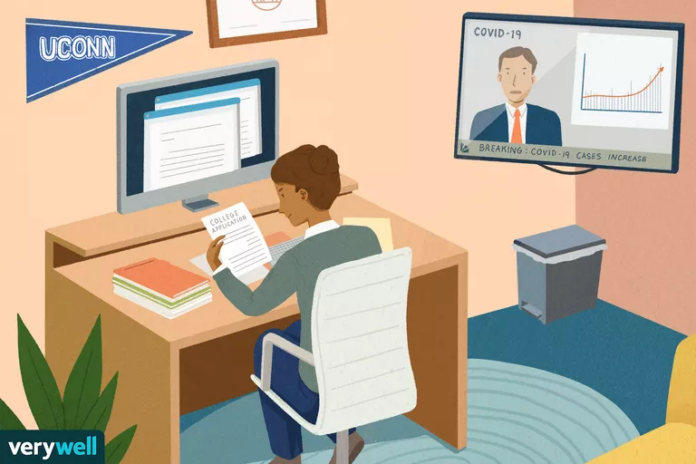By Philip Baillargeon
If you yearn for more uncertainty in your life, I highly recommend being a high school senior in the year 2021. A wonderful blend of cancellations, mixed-messages by admissions offices, and confounding variables have left even the most well off students in a state of flux. Entering the endgame of February, March, and April, we finally have some finite data in terms of application numbers and early acceptance rates. These results mirror the recovery from the coronavirus pandemic writ large; elite schools are enjoying a high number of applicants while state schools that serve underrepresented people in the professional world are struggling to maintain a sustainable structure.
Harvard enjoyed their highest number of applicants in their history, soaring 57% higher than last year and adding to a freshman class that will include approximately 350 students that deferred their enrollment last year. The same is true about Yale. And at Penn. And at Dartmouth. So on and so forth. International applications also soared after the results of the presidential election were determined, citing perceived policy change after former President Trump’s efforts to bar international students from traveling to the United States for college (and to deport students already in the country) throughout the pandemic.
State schools are a completely different story.
The Common Application reported its first decline in application in the system’s history; domestic applications were down 2%. This number is much higher among first generation and low income students, who often apply for waivers to cover application costs. Fewer students are applying to financial aid through the FAFSA, which is the primary system through which students attending public schools receive financial aid. Many are forgoing college, whether it be due to financial concerns, food insecurity, or online alternatives. This leaves public colleges and universities in a difficult place; do they furlough employees or cut expenses, or can they fill those seats?
As for the application itself, the process likely favors higher income students in subtle ways anyway. In a year where grades may be incomplete and test scores are mostly optional, a low income student with no access to music electives, clubs, or even stable internet access is going to appear more incomplete than a student who was able to draw from a breadth of extracurricular experiences offered by their high school.
Higher education is the most common mechanism through which social mobility occurs. Without affordable college for low income students, income potential for capable students plummets. Income inequality will permeate and worsen if this lack of access continues, which is a troubling future for a country hoping to reinvigorate itself after a lengthy, catastrophic event like this global pandemic. Hopefully these students will have access to higher education in the future if they so choose, because without a serious change in the cost of college and some perspective on income inequality our country is in for some rough times post-Covid.

